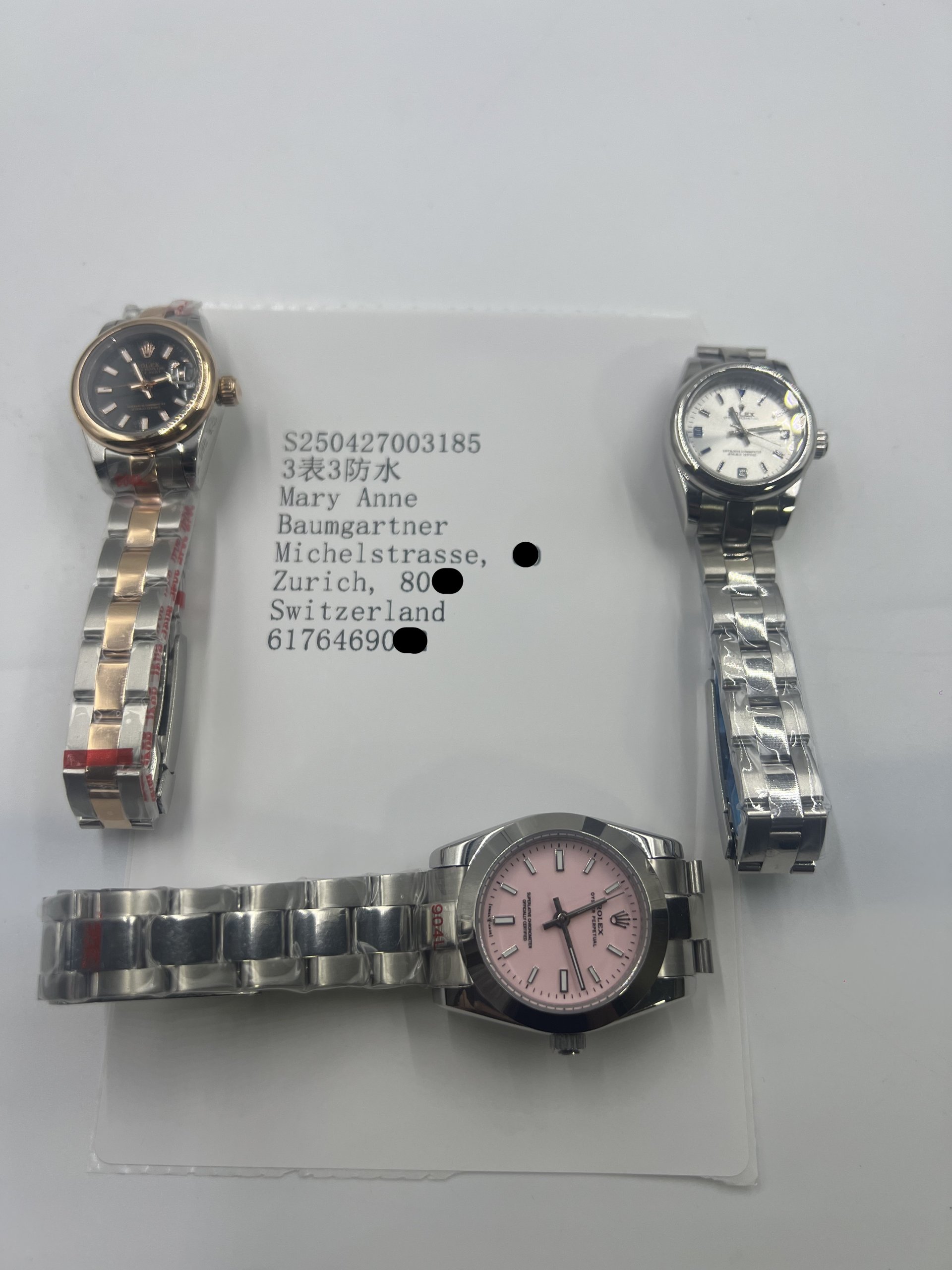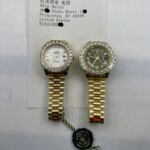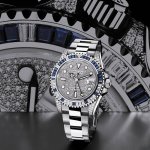Rolex has introduced dials crafted from materials such as onyx, lapis lazuli, meteorite, and malachite, each offering a unique aesthetic that elevates its watches to wearable works of art. The recent launch of Eisenkiesel dials for the fake Rolex Day-Date further underscores the brand’s commitment to pushing the boundaries of creativity. This raises an intriguing question: What could Rolex’s next bold dial experiment look like?
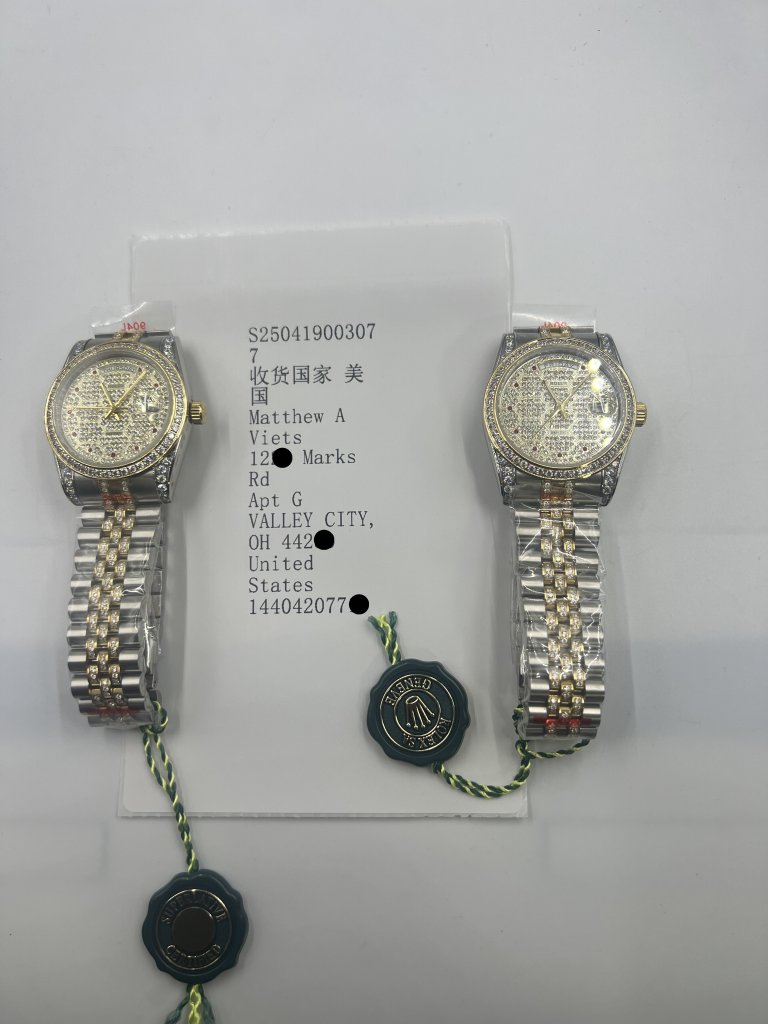
One compelling possibility is the revival of tiger’s eye dials, a material Rolex has used in the past but has yet to reintroduce in its modern collections. Tiger’s eye, a semi-precious stone known for its mesmerizing golden-brown hues and chatoyant bands that seem to shift in the light, could make a stunning comeback. When paired with Rolex’s advanced finishing techniques, a tiger’s eye dial could bring a new level of sophistication and depth to models like the Day-Date or Datejust.
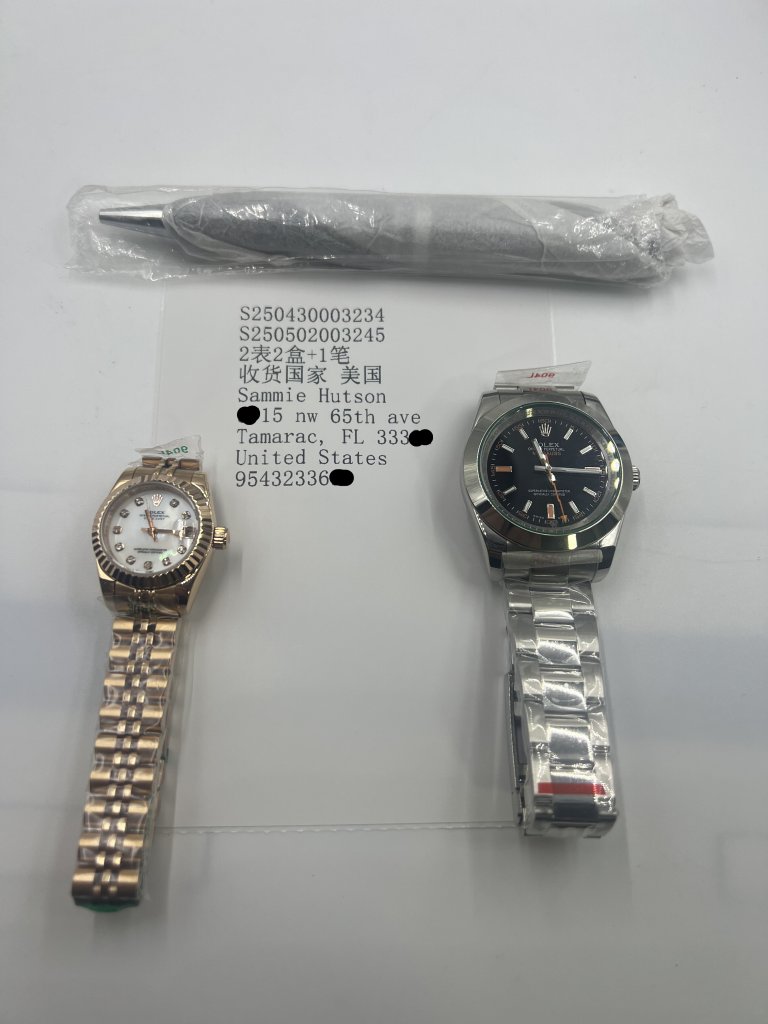
Imagine a Day-Date 40 with a tiger’s eye dial, its rich, warm tones complemented by the watch’s iconic fluted bezel and President bracelet. The interplay of light and texture on the dial would create a dynamic visual effect, making each watch truly one-of-a-kind. This material would not only appeal to collectors who appreciate rare and exotic dials but also serve as a nod to Rolex’s history of experimentation with natural stones.
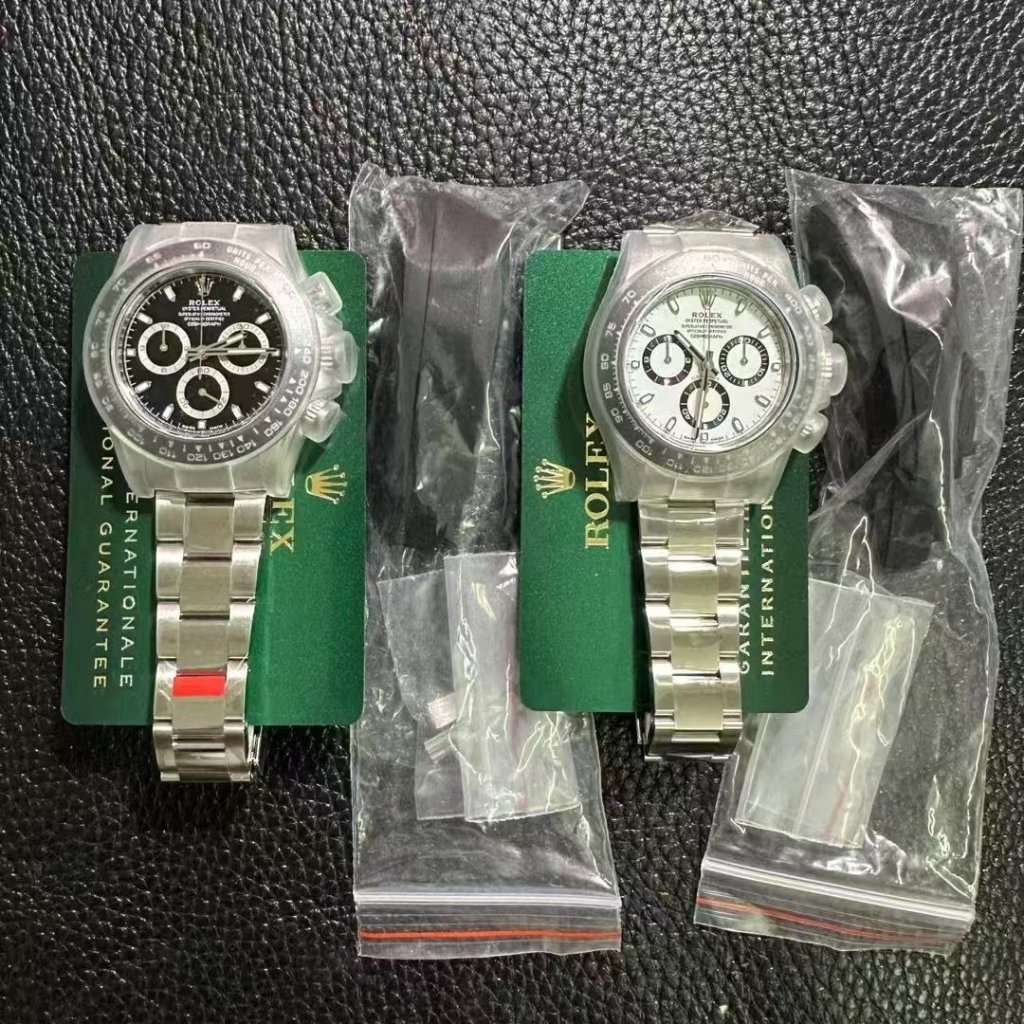
Beyond exotic materials, Rolex could also venture into innovative finishing techniques for its dials. While the brand is renowned for its refined simplicity, there is a growing demand for more intricate and textured dials that add depth and character to classic designs. One possibility is the introduction of a frosted dial effect, which would create a subtle, shimmering texture reminiscent of freshly fallen snow. This technique could be applied to models like the replica Rolex Datejust or Oyster Perpetual, offering a fresh take on these timeless pieces.
Color has always played a significant role in Rolex’s design language, and the brand could take this to new heights with its next dial experiments. For instance, Rolex might explore the use of vibrant, unconventional colors like deep emerald green, rich burgundy, or even a striking cobalt blue. These hues could be combined with textured finishes or exotic materials to create dials that are both bold and sophisticated.
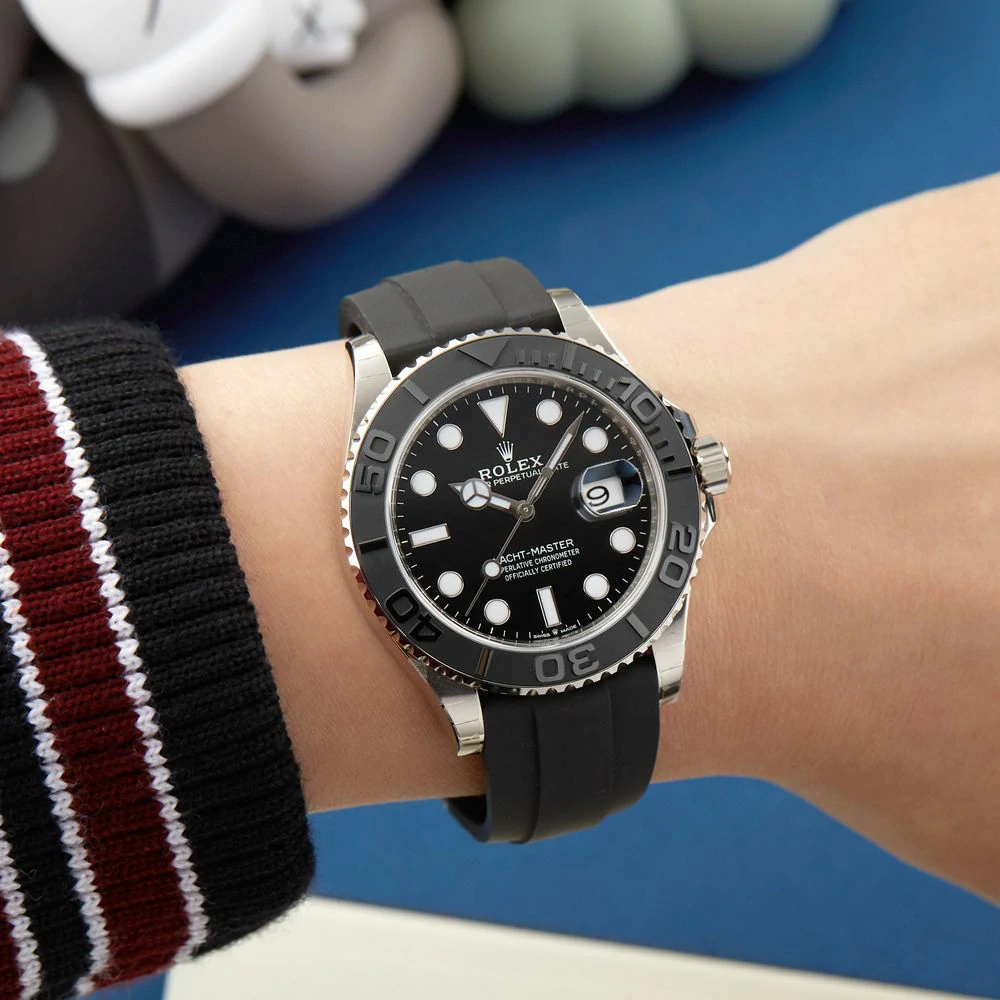
Another possibility is the use of multi-colored dials, where different shades are blended seamlessly to create a gradient effect. This approach would add a sense of dynamism and movement to the dial, making it a focal point of the replica watch. Such innovations would not only cater to the growing demand for unique and personalized watches but also reinforce Rolex’s reputation as a leader in design and craftsmanship.
The prospect of new dial experiments is an exciting one. Whether it’s the return of tiger’s eye, the introduction of frosted or guilloché finishes, or the exploration of bold new colors, Rolex’s next moves are sure to set the standard for the industry.
